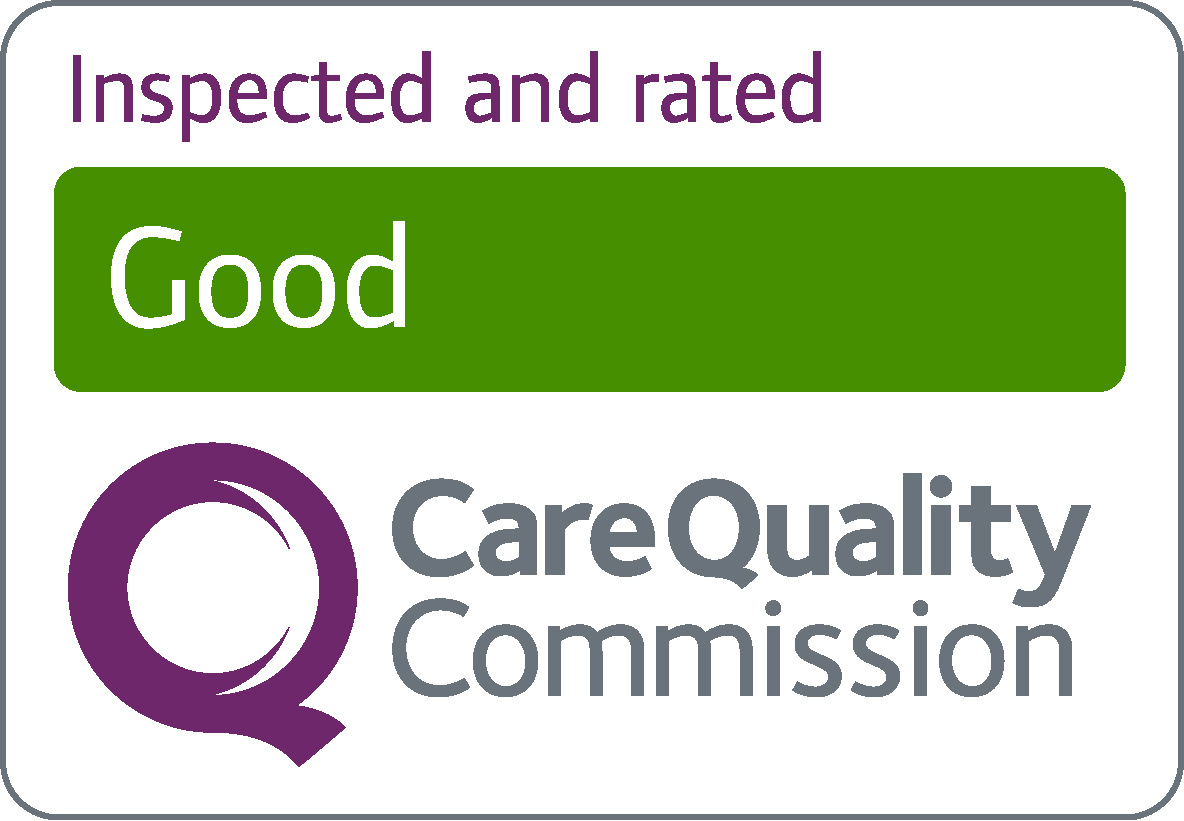Information for parents re coughs, colds and sore throats
Information for Parents (03.12.22)
There are lots of viruses that cause sore throats, colds and coughs circulating. These should resolve without medical intervention through self-care at home. You may wish to speak to your local pharmacist and helpful information can be found on our Healthier Together website: Home :: Healthier Together (what0-18.nhs.uk)
However, children can on occasion develop a bacterial infection on top of a virus and that can make them more unwell.
Currently, while nationally we are seeing a higher number of cases of Group A Streptococci (Strep A) this year than usual, there is no new strain circulating and this increase is most likely related to high amounts of circulating bacteria and social mixing. These bacteria usually cause a mild infection producing sore throats or Scarlet Fever and also cause other respiratory and skin infections such as strep throat and impetigo.
Scarlet Fever is usually a mild illness, but it is highly infectious.
Key facts you need to know about Strep A + Scarlet Fever
• Fever is a normal bodily response to fight infection
• Fever on its own doesn’t cause harm
• Most children with a fever do not have Strep A
• Most children with Scarlet Fever recover quickly
Here’s what you need to know:
Scarlet Fever is caused by Group A Strep but lots of us have it already. Up to 20% of healthy children are already colonised by Strep A in the throat or skin. This means they would get a positive swab result anyway. But when you get Strep A infection it causes a rash & fever.
Scarlet Fever starts with general symptoms.
• Fever
• Nausea
• Headache
• Sore throat
• General fatigue
You can also get:
• White coat on the tongue which peels = strawberry tongue
• Flushed face
• Lymph nodes in the neck
The rash in Scarlet Fever is classically like sandpaper. Then 48 hours later a rash appears on the tummy that spreads to the neck, arms, & legs.
The rash is:
• Rough like sandpaper
• Often worse in skin folds (groin, armpits)
The symptoms of Scarlet Fever usually resolve after a week. Most children will get back to normal in around a week. After that, they can get peeling off the fingers and toes. You usually only get Scarlet Fever once in your life.
As a parent, if you have been undertaking care at home and then feel that your child now seems seriously unwell, you should trust your own judgement.
Know when to call 111 or see your GP. If you are worried about your child or they show any of the following:
· your child is getting worse
· your child is feeding or eating much less than normal · your child has had a dry nappy for 12 hours or more or shows other signs of dehydration
· your baby is under 3 months and has a temperature of 38°C, or is older than 3 months and has a temperature of 39°C or higher
· your baby feels hotter than usual when you touch their back or chest, or feels sweaty
· your child is very tired or irritable
Know when to go to the Emergency Department. Go to ED if your child has any of the following:
· your child is having difficulty breathing – you may notice grunting noises or their tummy sucking under their ribs
· there are pauses when your child breathes · your child’s skin, tongue or lips are blue
· your child is floppy and will not wake up or stay awake
· your child has a rash that doesn’t go away with the glass test
If your child has Scarlet Fever, you may get a throat swab & antibiotics. This will be penicillin, unless your child is allergic then it will be azithromycin. The fever usually settles after 24h of antibiotics but the course should be completed.
One reason antibiotics are given is to prevent complications. Complications from Group A Strep are extremely rare. The complication that is in the news is Invasive Group A Strep (IGAS).
Antibiotics are also given to prevent transmission. Transmission is through mucous, saliva, or coughing. Children can pass on Group A Strep to vulnerable adults so sometimes antibiotics are recommended as a Public Health measure.
Know the exclusion period. Children should be excluded from school until they’ve had 24 hours antibiotics
Not every child needs antibiotics. There are many, many viruses going around that also give children a sore throat & runny nose. It is the job of medical professionals to assess your child & make a decision. It’s important we focus antibiotics on those who most need them.
Good hand and respiratory hygiene are important for stopping the spread of many bugs. By teaching your child how to wash their hands properly with soap for 20 seconds, using a tissue to catch coughs and sneezes, and keeping away from others when feeling unwell, they will be able to reduce the risk of picking up or spreading infections.
It is important that your child has their annual flu vaccination when invited to protect both themselves and others. If your child is of preschool age (over 2) they can access this via their GP. All school age children will be offered the vaccine via their school.
Further information about Scarlet Fever and how to manage it can be found on our Healthier Together website: Group A strep and scarlet fever :: Healthier Together (what0-18.nhs.uk).
Additional information from the UK Health Security Agency (UKHSA) can be found on the Government website: UKHSA update on scarlet fever and invasive Group A strep – GOV.UK (www.gov.uk)
Source: NHS Dorset ICS
Download a copy: Information for parents
